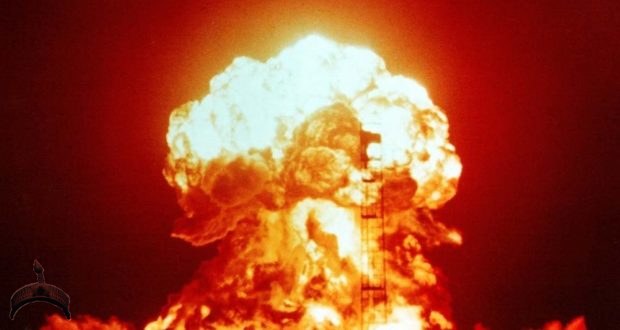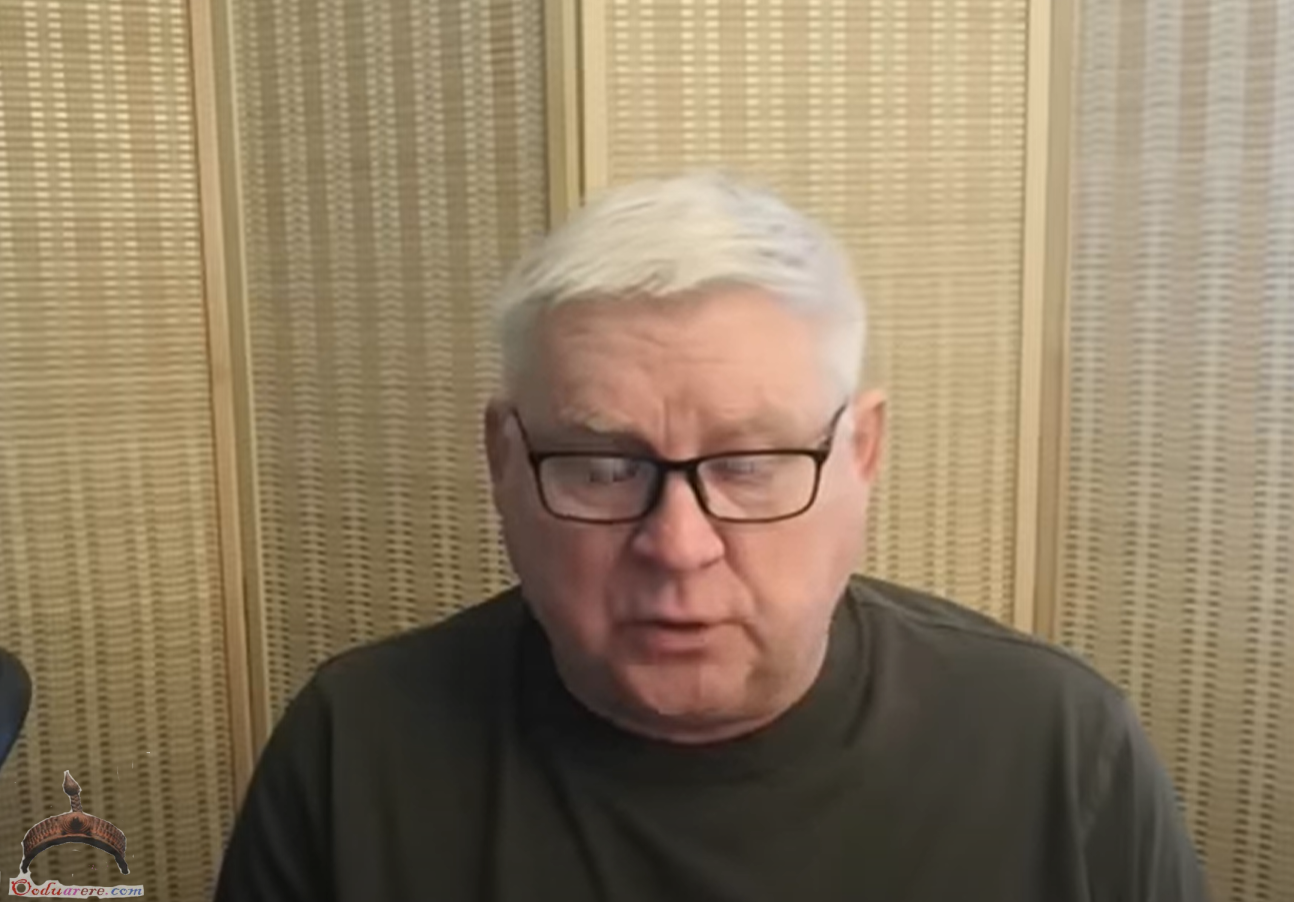New START is the last surviving agreement from the Cold War era effort to avert nuclear apocalypse.
Russia is suspending participation in a key nuclear arms reduction treaty with the US, President Vladimir Putin announced on Tuesday. He cited Washington’s failure to keep its end of the bargain and its deepening involvement in the Ukraine conflict.
The New START Treaty is the last surviving relic of the effort by the US and USSR to avert nuclear annihilation by accepting restrictions on their arsenals and building mutual trust.
Cold War legacy
START stands for “Strategic Arms Reduction Treaty” and was originally the name of a document signed by US President George H. W. Bush and Soviet leader Mikhail Gorbachev in 1991.
It was part of a decades-long effort by the two superpowers to put limits on the number of strategic nuclear weapons in their possession in a way that would give neither side an advantage.
The same process produced the 1972 Anti-Ballistic Missile Treaty (ABM), which protected deterrence capabilities by restricting the use of missile interceptors, and the 1987 Intermediate-Range Nuclear Forces Treaty (INF), which banned shorter-range nuclear-capable missiles to reduce tensions in Europe.
The New START is the latest successor to the nuclear cap deal, signed during the Barack Obama administration.
Trust but verify
The treaty puts a limit on nuclear devices and the means of their delivery, including ICBMs (intercontinental ballistic missiles), SLBMs (submarine-launched ballistic missiles) and long-range bombers, that the parties may have and deploy. The ceilings are still high enough to keep the US and Russia the biggest nuclear powers in the world.
The treaty also gives the parties the privilege of inspecting each other’s military sites to verify compliance.
Deteriorated security architecture
Much of what the USSR and the US created in the name of strategic stability has since been eradicated.
US President George W Bush pulled his country out of the ABM Treaty, claiming that the US had to defend itself and Europe from “rogue states” – Iran and North Korea. In Moscow’s eyes, the interceptor launch sites that the US subsequently built in Eastern Europe are a major threat, since they could potentially be used to fire cruise missiles against Russia.
The INF Treaty was scrapped by US President Donald Trump, who claimed that Russia was in breach and that it restricted the Pentagon in its confrontation with China. He also killed off the Open Skies agreement, which allowed member states, including the US and Russia, to conduct flyover inspections to monitor military deployments.
The Trump administration intended to let New START expire, but Joe Biden’s election victory allowed him to renew it until 2026.
Another key military agreement involving the US and Russia, the 1990 Treaty on Conventional Armed Forces in Europe (CFE) was de facto ended on Moscow’s initiative, after it suspended participation in 2007. The Russian government cited NATO’s expansion in Europe as breaking the spirit of the deal.
Inspections quarrel
Amid the conflict in Ukraine, the US and Russia have accused each other of failing to facilitate inspections under the New START. NATO jumped on Washington’s bandwagon earlier this month with a formal statement condemning Moscow for alleged violations.
As Putin announced the decision to formally suspend participation, he accused NATO of helping Ukraine launch drone attacks on Russian airfields where long-range bombers are based. With Washington pursuing a “strategic defeat” of Russia, it made no sense to stick to the deal, he stated.
The Russian leader added that the arsenals of the UK and France would need to be accounted for in any future agreement on nuclear reduction.
 Ọmọ Oòduà Naija Gist | News From Nigeria | Entertainment gist Nigeria|Networking|News.. Visit for Nigeria breaking news , Nigerian Movies , Naija music , Jobs In Nigeria , Naija News , Nollywood, Gist and more
Ọmọ Oòduà Naija Gist | News From Nigeria | Entertainment gist Nigeria|Networking|News.. Visit for Nigeria breaking news , Nigerian Movies , Naija music , Jobs In Nigeria , Naija News , Nollywood, Gist and more







